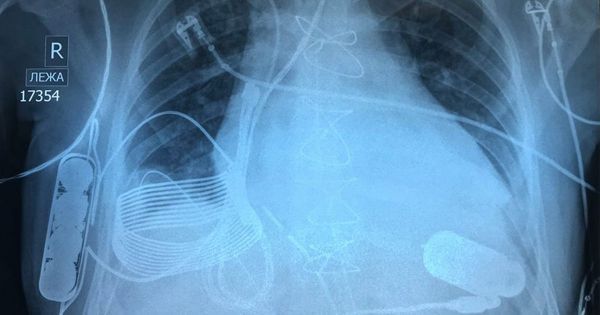The human eye is an exquisite photodetection system with the ability to detect single photons. The process of vision is initiated by single-photon absorption in the molecule retinal, triggering a cascade of complex chemical processes that eventually lead to the generation of an electrical impulse. Here, we analyze the single-photon detection prospects for an architecture inspired by the human eye: field-effect transistors employing carbon nanotubes functionalized with chromophores. We employ non-equilibrium quantum transport simulations of realistic devices to reveal device response upon absorption of a single photon. We establish the parameters that determine the strength of the response such as the magnitude and orientation of molecular dipole(s), as well as the arrangements of chromophores on carbon nanotubes. Moreover, we show that functionalization of a single nanotube with multiple chromophores allows for number resolution, whereby the number of photons in an incoming light packet can be determined. Finally, we assess the performance prospects by calculating the dark count rate, and we identify the most promising architectures and regimes of operation.







